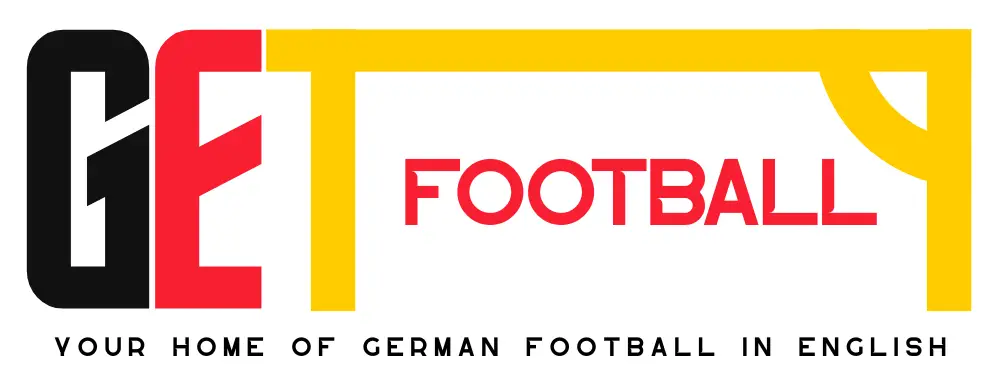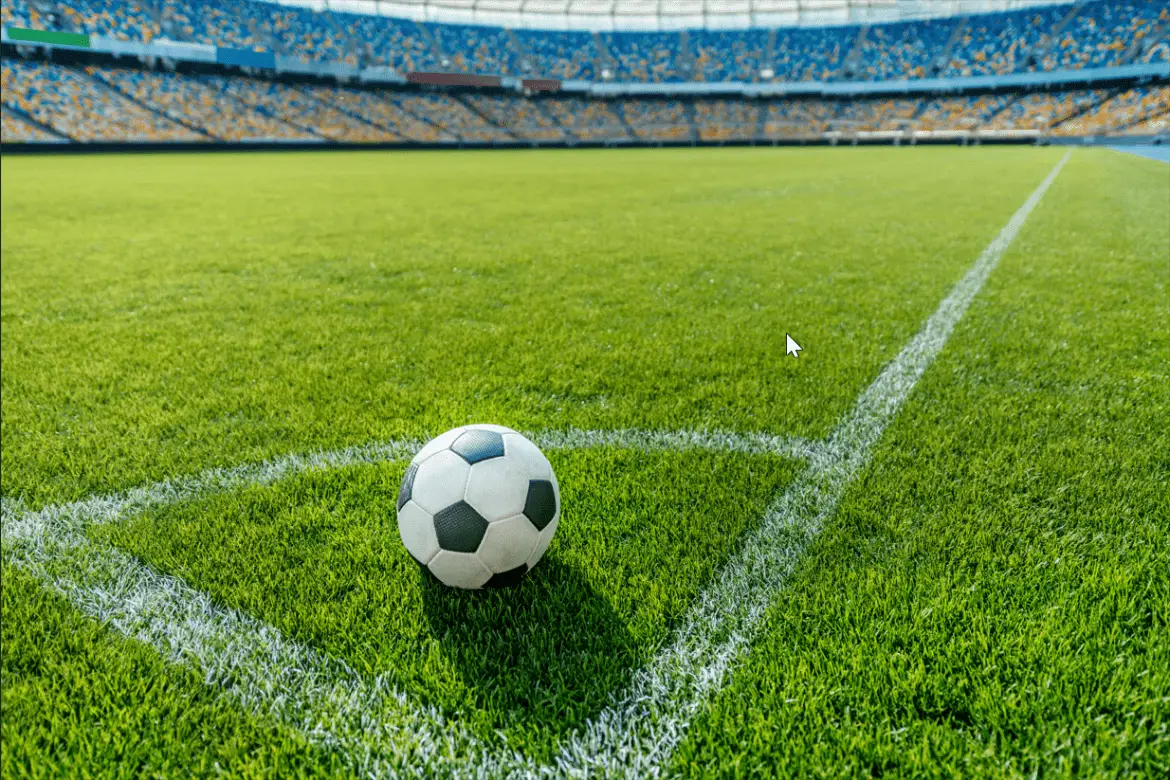The German national football team is going through a crucial stage as it prepares for the 2026 World Cup. Under the leadership of Julian Nagelsmann, the squad blends youth and experience in its bid to reclaim a place among the world’s footballing powerhouses.
One of the main talking points is the performance of rising talents like Florian Wirtz and Jamal Musiala, who must quickly adapt to a demanding system. In addition, strategies such as the mrq promo welcome offer and exploring opportunities in the best UK sports betting sites highlight how the excitement of German football goes beyond the pitch, engaging fans in multiple ways.
Renewal in Goal and Neuer’s Legacy
The departure of Manuel Neuer marks a turning point for the German national team. His legacy as captain and legendary goalkeeper raises expectations about who will take on that role in the next generation. Marc-André ter Stegen is seen as the natural candidate, although his international experience remains somewhat limited.
Leadership between the posts will be crucial, both to maintain defensive stability and to guide younger players during high-pressure moments. The team is working with specific training sessions to integrate ter Stegen and explore alternatives that ensure consistency in goal throughout the qualifiers and preparatory tournaments.
Young Talents Shaping the Future
First and foremost, Florian Wirtz and Jamal Musiala represent the offensive core of the new Germany. Wirtz, recently transferred to Liverpool, faces the pressure of establishing himself at the international level, while Musiala brings creativity and unpredictability—both essential elements for competing against top-tier national teams.
Training sessions combine modern tactics with team-building exercises, aiming for young talents to adapt quickly to Nagelsmann’s playing style. The interaction between veterans and newcomers is closely monitored, fostering confidence and chemistry on the pitch—key factors in high-level matches.
Julian Nagelsmann’s Tactical Strategies
Nagelsmann has implemented a playing style based on possession, high pressing, and tactical flexibility. This requires both young and experienced players to understand not only their individual roles but also how to react collectively to different in-game scenarios.
To maximize efficiency, the team carries out tactical simulations and video analyses to study opponents and prepare precise strategies. This approach ensures the squad is ready to adapt to diverse playing styles, increasing its chances of success in international tournaments.
Friendly Matches and Preparation Schedule
Qualifiers and friendly matches ahead of the World Cup will serve as a testing ground for experimenting with tactics and evaluating team chemistry. Facing opponents with different styles allows for fine-tuning formations and roles before the official competition begins.
Each match is thoroughly analyzed using advanced statistics and individual performance tracking, helping to make decisions on player rotation and tactical adjustments. This meticulous preparation ensures Germany heads into the World Cup with a balanced squad, mentally prepared to face any challenge.
Expectations and Outlook for the 2026 World Cup
Germany’s goal is not only to qualify but to consolidate a competitive team capable of reaching the final stages. The blend of youth, experience, and modern tactical strategies is aimed at restoring the nation to football’s elite.
As a result, fans and experts closely follow every roster change and tactical decision, aware that the way the generational transition is managed will be decisive.
At the same time, the excitement extends beyond the pitch, with fans exploring betting and predictions through platforms like the best UK sports betting, further fueling interest and connection with the team.









